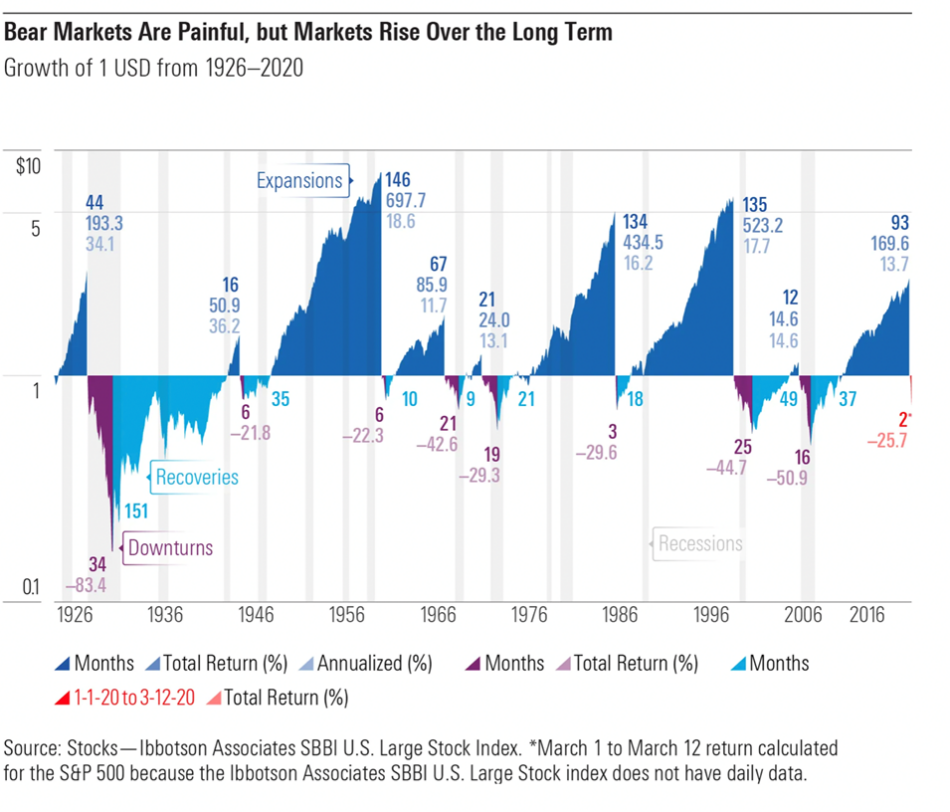
“The big money is not in the buying and selling … but in the waiting.”— Charlie Munger
What is the “patience premium”?
Investors are well-versed in such terms as “value premium” and “equity risk premium” but I think someone should coin the term “patience premium”. If value premium argues that “value” stocks, as measured by such metrics as high book-to-market price ratios and low price-to-earnings ratios, tend to outperform relative to growth stocks, and equity risk premium is the theory that states stocks should provide a greater return than “safer” investments such as Treasuries, then the patience premium would posit that patient investors are more likely to outperform over the long term.
I think we can all agree there’s a supply chain issue regarding patience. Whether it’s the average tenure of chief executives or the average holding period of stocks, both have been steadily falling. Technological advancements may be one of the causes of our global impatience. One-click shopping for just about anything we desire leaves us frustrated when gratification is delayed. As Herbert Simon, the American Nobel Prize-winning political scientist observed: An information-rich society may be attention-poor.
The definition of patience is finding a balance between a smaller reward in the present and a potentially bigger reward in the future and placing a higher value on the future reward. Common sense and life experience confirm that building the emotional stamina to overcome obstacles in pursuit of long-term goals is a worthy endeavor. Having talent and a drive to succeed are great, but without patience they are often not enough to get to the finish line. Of course, patience on its own—without the drive to succeed—is simply passivity which will not get the job done.
“Markets rise over the long term, despite periods of drawdowns.”
Some people conflate patience with passivity. But they are not the same. Patience is active. It entails being sharply focused on a long-term goal and being opportunistic about how and when to act on it. There are good reasons to build patience. Not only does practicing patience help us manage stress during difficult periods it can also help us reach goals over the long term. For example, studies show that impatience in children may impair educational achievements and creativity (intellectual capital growth).
Impatience in investors may impair material capital growth!
As the chart below shows, markets rise over the long-term, despite periods of drawdowns which makes a good case for the benefits of staying the course.

4 Key advantages for the patient investor
It’s no coincidence that some of the world’s most successful investors over long periods of time are proponents of the patient approach to building wealth. Legendary investors such as Warren Buffett, Howard Marks, and Phillip Fisher have all spoken about its merits. Buffett has stated his favourite holding period is “forever”.
Marks acknowledges that not every period offers great opportunities for investors. “Sometimes we maximize our contribution by being discerning and relatively inactive. Patient opportunism—waiting for bargains—is often your best strategy.”
Fisher endorses the need for patience “if big profits are to be made”, and added, “it is often easier to tell what will happen to the price of a stock than how much time will elapse before it happens.”
And why not add some wisdom from Mahatma Gandhi in here too: “To lose patience is to lose the battle.”
The patient investor enjoys four key advantages:
- Benefits from opportunities created by short-term investors who have low tolerance and patience for volatility and for underperforming a benchmark or peers;
- Employs investment strategies that include illiquid or unlisted assets that lower risk and bring the potential for greater returns over time (e.g. private equity; merger arbitrage; liquid alts);
- Invest based on long-term thematics such as secular trends; and
- Lower investing, taxes, and other costs by reducing leakages from too-frequent turnover.
Practicing the art of patient investing
Like anything else, patience can be cultivated. Readers who have studied martial arts may be familiar with the term “wuji” or “wui chi” (pronounced woo jee) which translates as “without limits”. In martial arts, t’ai chi, and qigong, wuji is a form of standing meditation. It is often the first and the last step in a series of movements. Wuji is deceptive. To an outsider, the person is simply standing still. It looks like nothing is happening, but a lot is happening in mind and body. In investing terms, you could compare wuji to having optionality: from here you can go anywhere, or nowhere, depending on what you want to achieve.
I’ll leave you with a final thought on the patience premium from an ancient African proverb: Patience is a tree whose roots are bitter, but its fruit is sweet. As global and market events continue to roil, may you have a patient November. Next month, I’ll wrap up 2022 with lessons from Year That Was.

Herd on the Street
“What is popular isn’t always the truth. And the truth isn’t always popular.”–Howard Cosell, US sports journalist Contrarians have a bad reputation. People think we’re ornery and reflexively pessimistic. I beg to differ. On the […]

Deep Survival: Lessons for Investors
The book illustrates the traits, temperaments, and actions that often separate the survivors from everyone else.



